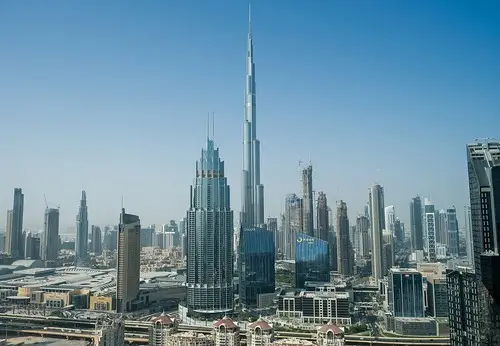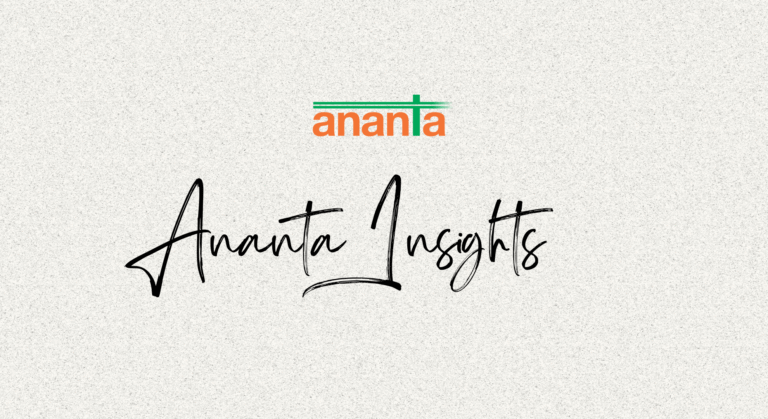The contents of this essay are based on conversations during the 7 th India-US Forum
In the recent past, the major tectonic shift from bilateral to trilateral, plurilateral, and mega-regional forms of cooperation has been particularly significant. This is exemplified by the launch of the India, UAE, Israel, and the United States (I2U2) initiative and the India-Middle East-Europe Economic Corridor (IMEC), which has reinvigorated cooperation within the region.
The launch of these initiatives displays an ambition to chart new corridors of trade and formulate a global response to Chinese connectivity initiatives. They also demonstrate the beginning of normalization between Israel and the Gulf States (which has, however, been complicated by the war in Gaza) and a convergence of efforts to deal with Iran. These initiatives are pivotal for India’s connection to West Asia, as they aim to trigger a large-scale movement of capital, technology, and people. In addition, they hold the potential to develop alternative supply chains in sectors such as health, food, fuel, and fertilizers.
Three alignments dictate the IMEC: India and West Asia; the Arab world and Israel; and the Middle East and Europe. It is pertinent to recognize that these alignments may not move at the same pace and are dependent on normalization and peace in the region.
Challenges Amidst Regional Instability
The negotiations on the IMEC and I2U2 happened in a relatively stable atmosphere; however, the war in 2023 has raised questions over their viability as well as the strategic and logical underpinnings. In addition, an avalanche of low-intensity conflicts taking place across borders has further destabilized the region. Iranian strikes into Syrian territory, Israeli assassinations in Beirut and Damascus, Iranian counterstrikes in Herbel, and Houthi disruption in the Red Sea are pertinent examples.
Iranian fingerprints are evident in several of these events. It can be argued that rapprochement efforts with Israel attempted to marginalize Iran’s presence in the region. Reinforcing the notion that Iran will continue to play the role of a spoiler, project their regional dominance, and exert deterrence through support for non-state actors such as Hezbollah, Hashd al-Shaabi in Iraq, and the Houthis in Yemen. The October 7th attacks have also re-centered the Palestine issue, with Hamas signaling that the matter cannot be sidelined.
While these new initiatives may eventually foster peace, it is highly unlikely that Israel will be open to any mediated solution after the devastating terror attacks. The current government has rejected the two-state solution. At the same time, neither Israel nor the US seem to have adequate responses to these non-state actors, especially with the kind of weapons capabilities they seem to have acquired.
As a result, any attempts to stabilize the situation raise several issues, including the lack of a credible interlocutor on the Palestinian side, who will fund reconstruction in Gaza and the stability of Israel itself. Israel’s participation in these initiatives is critical. Its technology in food production, irrigation, urban waste management, and the outer space holds immense potential for cooperation. While conventional wisdom suggests that Gaza will remain a source of deep instability and frustration towards Israel as well as proxies like Hezbollah. An unconventional scenario demands much more from the Gulf States. The Arab states possess the wealth to transform Gaza and the West Bank, but they have so far not shown the will to do so.
More recently, Indian diplomacy has actively engaged with both Israel and the Arab world, receiving a warm welcome from both. In the past, the Palestine question had restricted India’s ability to optimize the potential of its relationship with West Asia. As India moves past these challenges and reconceives its strategic geography, there is potential for it to be an interlocutor in the region.
Minister Jaishankar’s visit to Iran in January 2024 was significant for discussions on the Chabahar port, enhancing connectivity, and stabilizing supply chains and maritime commercial activity in the Red Sea and Arabian Sea. India can play an important role in the Global Gateway Forum as well as in the Partnership for Global Infrastructure and Investment (PGI) to facilitate trade, connect India’s infrastructure development on a global level, and promote entrepreneurship.
India-US Strategic Alignment
There is unity of vision between New Delhi and Washington, where the I2U2 and IMEC initiatives are seeking to create a viable alternative but are not necessarily being undertaken as an anti-China effort. The comparison between IMEC and BRI is an erroneous one, as the latter focuses on China’s singular growth while the former focuses on multiple growth engines. States such as Saudi Arabia, the UAE, and Greece remain deeply committed to the potential of this alternative.
The US-India strategic relationship itself has come a long way since the nuclear impediment, where conversations now include regional cooperation and multi-stakeholder engagement. This is accompanied by a change in the character of commerce between India and other IMEC countries. For instance, in 2000, India’s export basket to Saudi Arabia was valued at $850 million, which has increased to $8.7 billion in 2022.
India’s evolving strategic role, alongside the rise of global Indian companies, underscores their potential as strong partners for the American private sector. Within the US government, the Development Finance Corporation’s (DFC) largest investment portfolio is situated in India, including significant projects such as the recently inaugurated solar project in Tamil Nadu. The DFC’s influence also extends to other regions like Sri Lanka, where it is partnering with Adani Ports for the Colombo West International Terminal Pvt. Ltd. (CWIT) project. This exemplifies how economic relations are being reshaped by Indian companies that emulate the behavior of global American companies, seeking opportunities worldwide without being tethered to their headquarters’ location.
Energy transition is another point of commonality between these states. The energy transition that is anticipated in the coming decades, will significantly reduce crude oil shipments globally, accompanied by a surge in electron transmission, critical mineral extraction, and clean hydrogen production. This presents a highly lucrative opportunity, especially for the US and India, to strategically advance the technology agenda driving this transition. Strengthening partnerships between American companies and influential global Indian corporations such as Tata, Adani, and Reliance, is paramount. Their eagerness to collaborate with American counterparts is also evident, along with the potential to leverage capital from Gulf regions. Green Hydrogen, the One World, One Sun, One Grid initiative, and the US-UAE Partnership for Accelerating Clean Energy (PACE) are examples of the potential for collaboration.
























